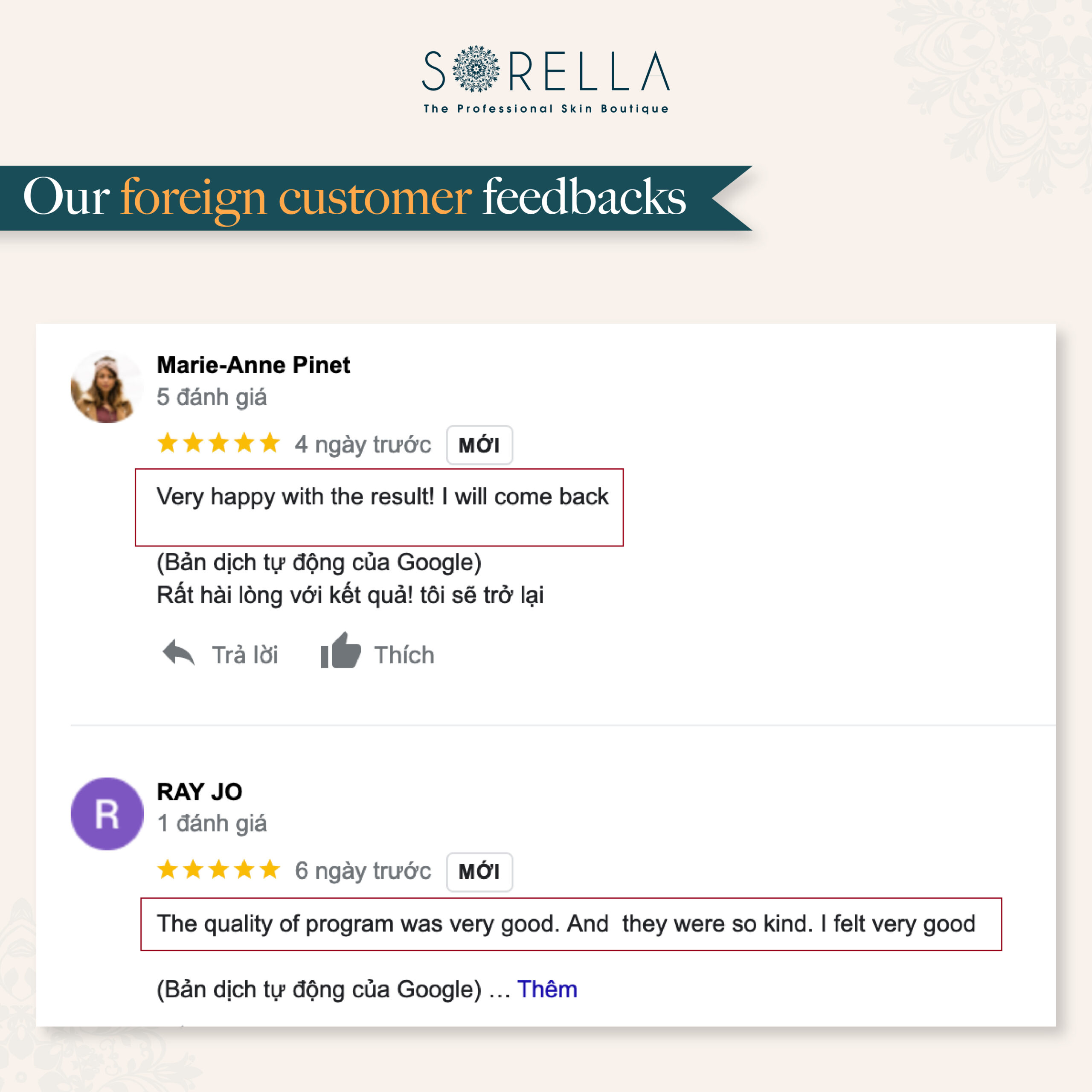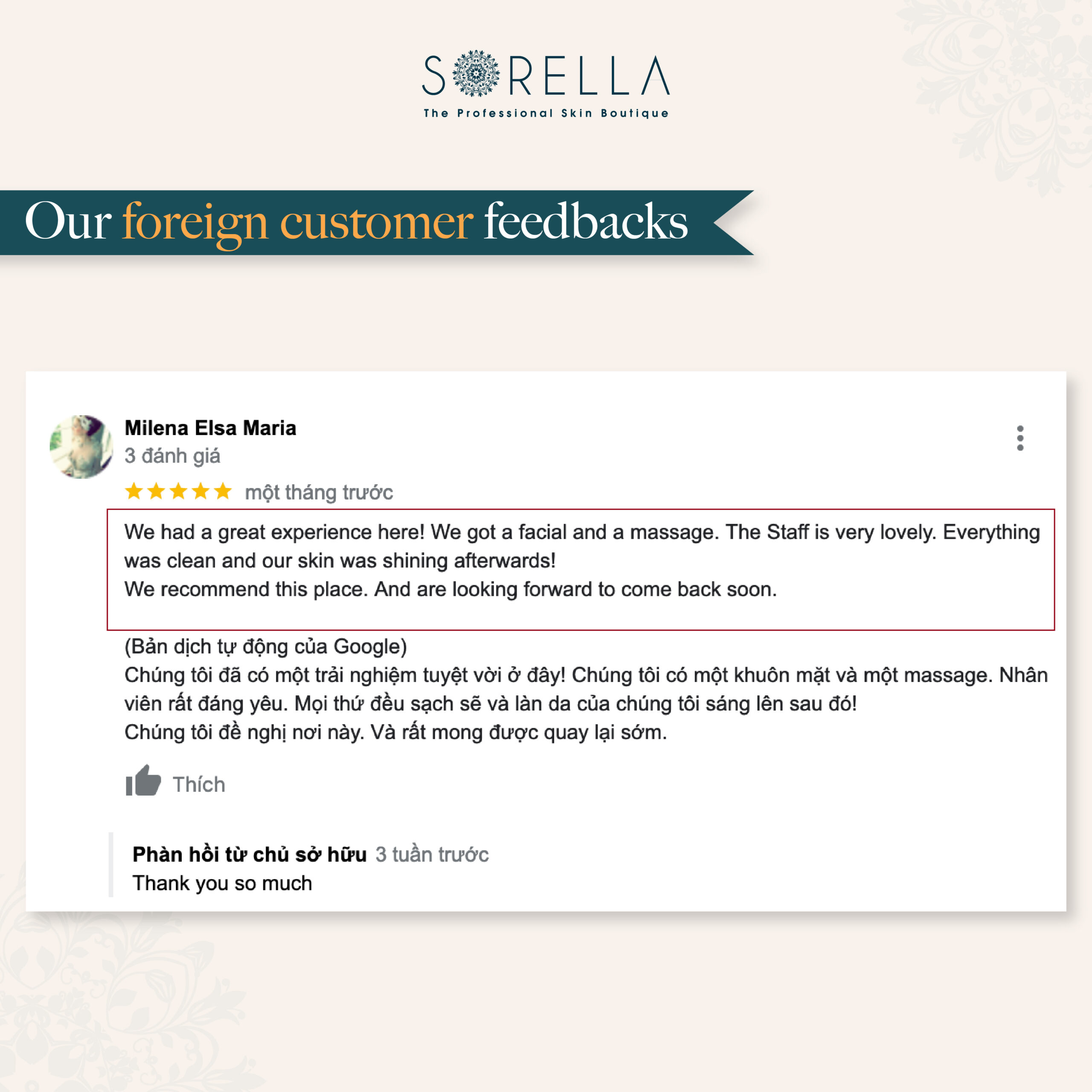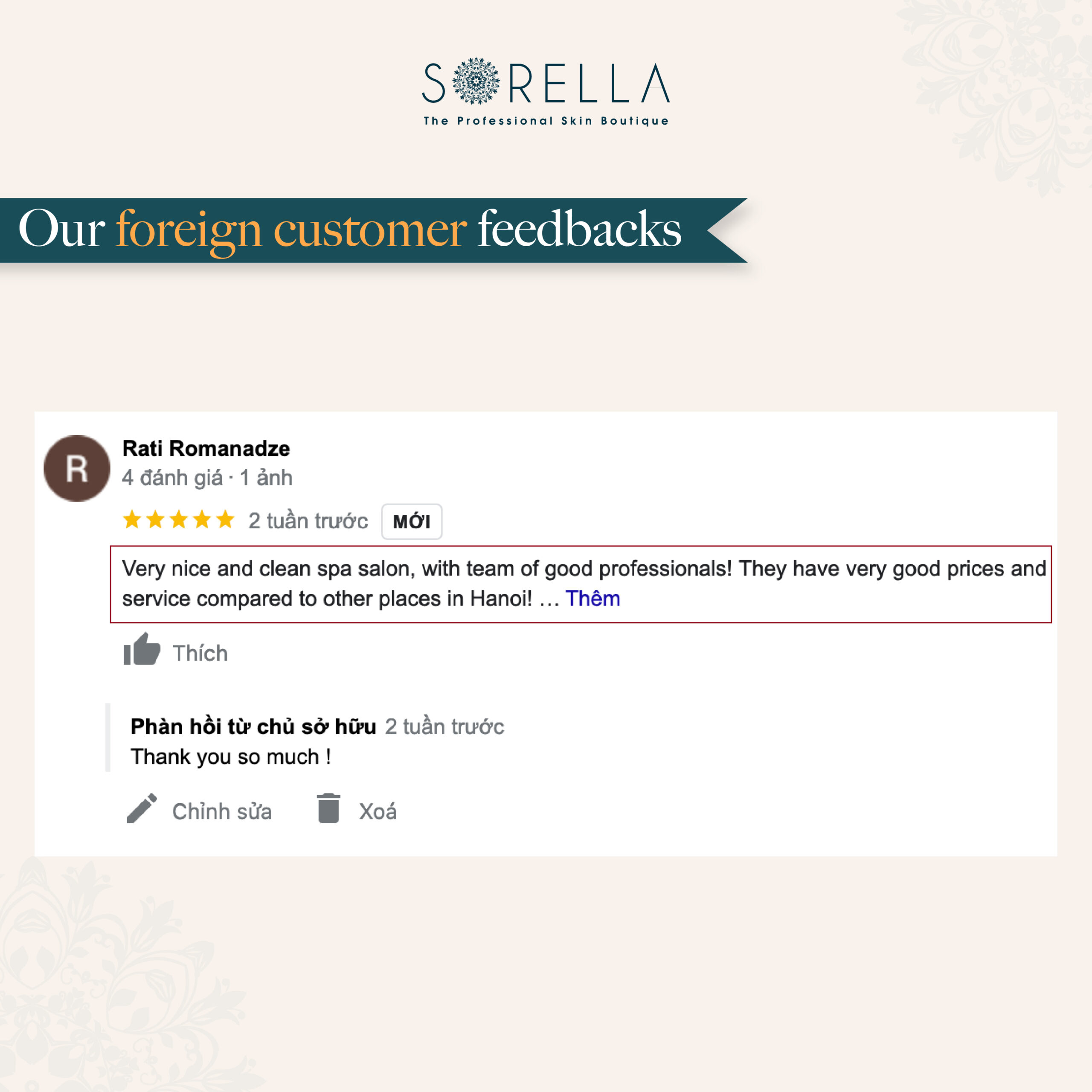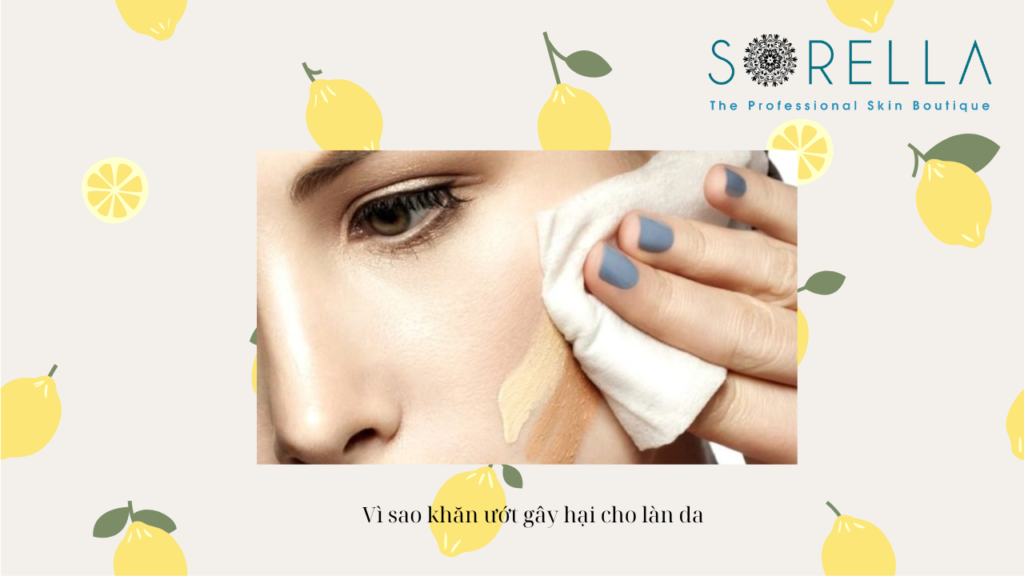What is nostril reduction? Nostril reduction is a cosmetic procedure that provides a slimmer appearance to the nostrils, creating natural harmony on the face. This simple, minimally invasive method offers a quick recovery and long-lasting effects, making it popular among many people.

What is nostril reduction? Who is it for?
What is nostril reduction?
Nostril reduction is a cosmetic method used to slim down the nostrils, delivering a refined beauty by reducing the size of the nostrils. This technique is applicable for individuals with thick nasal wings greater than 2mm in thickness, or wide, prominent nostrils who wish to correct these aesthetic flaws.
During the nostril reduction process, a surgeon will make an incision inside the nostril and then tuck the nasal wing inward to achieve a slender look. The adjusted part of the nostril is secured with a specialized surgical thread.
Compared to many current cosmetic procedures, nostril reduction is favored by many clients because:
– It offers long-lasting, high aesthetic effects, addressing imperfections around the nose area and boosting confidence in one’s physical appearance.
– The procedure is pain-free and uncomplicated, involving no invasive techniques. Anesthesia is administered throughout the entire process, which is performed outside the nasal area, thus avoiding pain and scarring as the incisions are very small and heal without noticeable scars.
– The nostrils are slimmed down, enhancing the natural beauty in a short period.
– The nasal tip becomes smaller and more naturally attractive.
– The procedure only modifies the nostrils without affecting the nasal bridge or chin, therefore not altering the height of the nasal bridge.
>> See more: Should You Get Upper Eyelid Fat Removal? 3+ Things to Note If You Want to Remove Upper Eyelid Fat
Who is suitable for nostril reduction?
Who is suitable for nostril reduction? Nostril reduction is not suitable for everyone. Typically, it is most suitable for individuals with:

– Medium-sized nostrils that are wide and flared.
– Thin nostril skin.
– A flat nose.
– A broad and flat nasal appearance.
– Those who have undergone nose surgery but still have overly large nostrils.
The process of nostril reduction does not involve any trimming or impact on the nasal bridge. The surgeon will assess the nasal tissue of each client to determine if the nostril reduction method can be used.
Who is not suitable for alar base reduction?
Nasal wing curling, highly regarded for its security, is advised against for individuals with:
- Certain diseases: hypertension, blood coagulation disorders, diabetes, cardiovascular diseases, etc.
- People with diabetes.
- Individuals are allergic to any components of the medication used.
Process of Nasal Wing Reduction
Process of Nasal Wing Reduction – The nasal wing reduction procedure takes about 30 minutes and involves the following steps:

Step 1: The doctor examines the patient to determine if they are suitable for the nasal wing curling method, then measures the size and proportion of the nasal wings that need to be reduced.
Step 2: The patient undergoes some preoperative tests to establish a full standard for entering the procedure.
Step 3: The patient is anesthetized, and then the doctor makes an incision and marks to achieve the appropriate nasal wing ratio.
Step 4: The doctor makes an incision inside the nose, skillfully curls the nasal wing inward according to the measured ratio in step 3, and uses specialized cosmetic sutures to stitch and shape the wound so the nasal wings are reduced.
Step 5: Care instructions post-minor surgery and a follow-up appointment are scheduled.
After the minor surgery, the swelling and pain in the nasal wings will decrease within 3-7 days, and sutures can typically be removed after about 5 days.
After 3 weeks, the nasal wings should have recovered, and after 2 months, they will have a beautiful, desired shape and contour. Recovery time varies among individuals and depends on various physiological factors.
If more than one week passes and the nose has not fully recovered, or if there is prolonged swelling and inflammation, it is crucial to consult a specialist immediately for safe remediation.
>> See more: Is V-line jaw surgery safe? 3+ Things Sisters Need to Know About Jaw Contouring
Postoperative Care for Nasal Wing Reduction
Effective post-surgical care is crucial for the best results, including:
- Avoiding makeup until the wound heals completely to prevent irritation.
- Shielding the nasal area from UV rays with careful covering, and wearing sunglasses when outside.
- Increasing the intake of vitamins and fruit juices in the daily diet and ensuring hydration with at least 2 liters of water per day to help the wound heal quickly.
- Daily wound care as directed by the doctor to prevent infection.
- Avoid strenuous sports that could impact the nasal area.
- Gently cleansing the face and avoiding nasal massages for the first two weeks post-surgery.
- Enhancing the diet with calcium, antioxidants, vitamins, etc., avoiding allergenic foods, spicy foods, etc., and particularly avoiding alcohol to prevent irritation to the surgical area.
- Taking prescribed medications as directed by the doctor.
Complications of Nasal Wing Reduction
Having a high and harmonious nose shape is the desire of most women. However, not everyone is fortunate enough to have it naturally. Therefore, the demand for cosmetic procedures to reduce nasal wings has been increasing more than ever. But few know what complications may arise from nasal wing reduction.
Nasal Wing Deviation
The cause of nasal wing deviation may stem from procedures performed at non-reputable places or by poorly skilled doctors, resulting in asymmetrical nasal wings. Deviation complications seriously damage the current aesthetic of the nose, making it unbalanced, which affects the overall facial harmony.
Not only that, but nasal wing deviation can also lead to severe aesthetic damage and functional impairment if left untreated. Therefore, the best solution is to correct the nose using the S-line nose lift technique to adjust the proportion and symmetry of the nasal wings for a harmonious facial appearance.
With this technique, the doctor will adjust the septum and reshape the nasal tip to correct the deviation. The S-line nose lift surgery is a comprehensive technique that uses artificial cartilage to cover one-third of the nasal tip while maintaining two-thirds of the natural cartilage. Thus, this surgical method effectively improves nasal wing deviation.
Scarred Nose
After nasal wing reduction, the surgeon will suture the wound. However, if the surgeon lacks technical skills, performs inaccurate incisions, or is too rough during the procedure, it may result in difficult wound healing and scarring.
Additionally, psychological factors of the patient and improper postoperative care may contribute to scarring. To mitigate these issues:
- Follow up with a dermatologist for wound care.
- Maintain a healthy and balanced diet, minimizing scar-inducing foods such as spinach, seafood, beef, etc.
- Choose reputable beauty centers to reduce the risk of scarring.
Wound Infection
This complication may occur due to improper wound closure techniques or improper postoperative nasal care at home. Signs of infection include swelling, pain, and inflammation around the nose area, which, if left untreated, can lead to severe complications such as necrosis of the nasal wings.
To prevent complications:
- Maintain nasal hygiene at home.
- Rinse the nose with saline solution or diluted salt solution.
- Seek treatment from reputable beauty centers with highly skilled doctors.
- Follow a proper diet and lifestyle.
Preventive Measures of Nostril Reduction
To avoid complications from nasal wing reduction, pay attention to the following:
- Maintain proper nasal hygiene at home.
- Avoid alcohol and antibiotics to prevent inflammation.
- Limit the intake of certain foods like pork, duck, fish, etc., in the first 1-2 weeks after nasal wing reduction to prevent wound discharge or infection.
- Avoid seafood, soybeans, etc., to prevent scarring.
- Limit physical activity.
- Do not touch or manipulate the nose after surgery.
- Avoid wearing a face mask in the first week after surgery.
- Follow the doctor’s instructions and attend regular follow-up appointments.

>> See more: What is Melasma? 3+ Causes of Melasma Formation
Choosing a Reputable Beauty Center
To minimize the risk of complications, consider the following when selecting a beauty center:
- Ensure the center has a business license from the Ministry of Health.
- Check if the center has a team of highly skilled, knowledgeable, and licensed doctors.
- Ensure the facility is equipped with advanced technology to provide various beauty services.
- Transparency in the beauty procedures.
- Receive attentive and caring consultation and care throughout the service.
- Research patient feedback regarding the quality of service.
In conclusion, the article shared by Sorella Beauty provides information about nasal wing reduction methods. While these methods are relatively simple, they can come with significant risks. Therefore, it is essential to thoroughly research all information about beauty centers to choose a reputable location that can achieve the desired results.


 中文 (中国)
中文 (中国) 한국어
한국어 English
English





